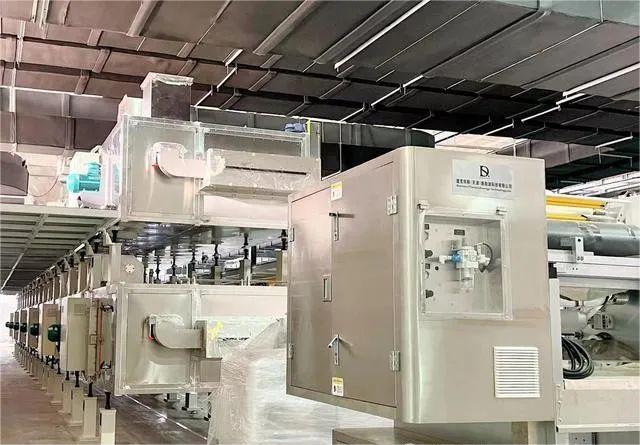Advancements and Challenges in Solid-State Battery Industrial Development
Solid-state batteries in the end in what kind of industrial stage are now a crucial focus in the energy storage sector. Their technical characteristics and basic validation are consistent with those of liquid batteries, ensuring a unified evaluation system across battery types. For further progress, the industrial development of solid-state batteries must prioritize the coupling of materials and equipment processes. Practical verification is essential for demonstrating technical capabilities, especially by manufacturing large-capacity batteries with a single 30 ampere-hour capacity being a significant benchmark. Energy density remains the core indicator, with the need for monomer energy density to exceed 300 Wh/kg. Enhancing energy density is challenging, requiring a reduction in auxiliary components and optimization of material placement. Improving the charge/discharge multiplier is also crucial for performance enhancement.
Current Status and Challenges of Solid-State Battery Industry
Solid-state batteries in the end in what kind of industrial stage are still navigating engineering and commercialization hurdles. Despite being usable, they have yet to achieve significant engineering breakthroughs or large-scale commercialization. High solid electrolyte costs pose a challenge, and although prices may drop over time, achieving cost parity with liquid electrolytes is difficult. Replacing liquid batteries on a large scale is challenging, especially given the cost advantage of lithium iron phosphate batteries.
Technology Routes and Market Expectations
Solid-state batteries in the end in what kind of industrial stage include both semi-solid-state and full-solid-state routes. While semi-solid-state batteries are viewed as a transitional solution, full-solid-state batteries face more market scrutiny. Issues like interface handling and material stability must be addressed. Different solid electrolytes have varying application prospects; sulfide solid-state batteries are predicted to perform better by 2030, and oxide systems may see faster advancements, with Ningde Times aiming for a breakthrough by next year. Polymer and oxide composite batteries are also under exploration.
Market Competition and Corporate Investments
In the competitive landscape, large companies like Ningde Times focus heavily on R&D for solid-state batteries, although market resilience remains a concern. Smaller companies attract more capital despite having less R&D strength due to higher payout potential. The broad scope of R&D spans various material systems, such as halide and oxide combinations. Ningde Times has progressed in halide solid electrolyte research, showing better comprehensive performance despite limited publicity.
Technical Strength and Industrial Indicators
The industrial development of solid-state batteries relies on validating their technological capabilities. Key technical indicators include battery size, energy density, and multiplicity. A single 30 AH capacity battery is a critical benchmark. Energy density exceeding 300 Wh/kg is essential, particularly for electric vehicles. The charge and discharge multiplication rate also needs significant improvement to enhance performance. The higher these metrics, the more mature the technology and its application potential.
Cycle Life Comparison
Currently, the cycle life of solid-state batteries does not match that of liquid batteries. The ideal cycle life should reach 1000 cycles, achievable through strategies like low-multiplier cycling for energy storage. In comparison to liquid lithium iron phosphate batteries, solid-state batteries have room for improvement in terms of cycle life.
Conclusion
Solid-state batteries are at a pivotal point in industrial development, emphasizing the importance of technology validation, material process coupling, and practical verification. Understanding solid-state batteries in the end in what kind of industrial stage they belong is crucial for advancing their application potential and overcoming commercial and engineering challenges.

